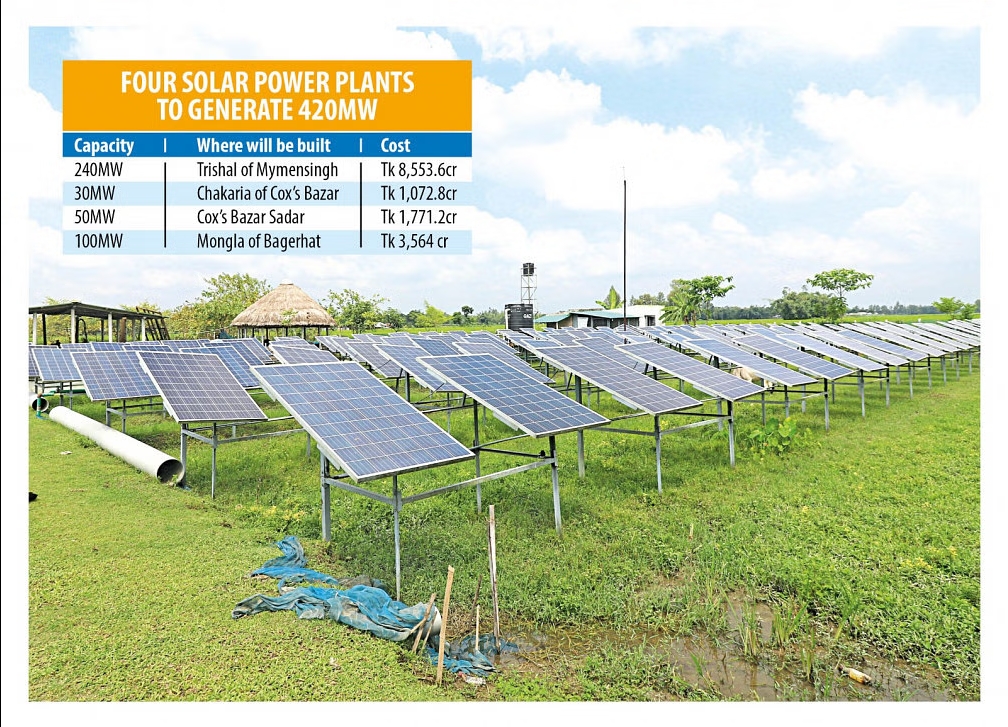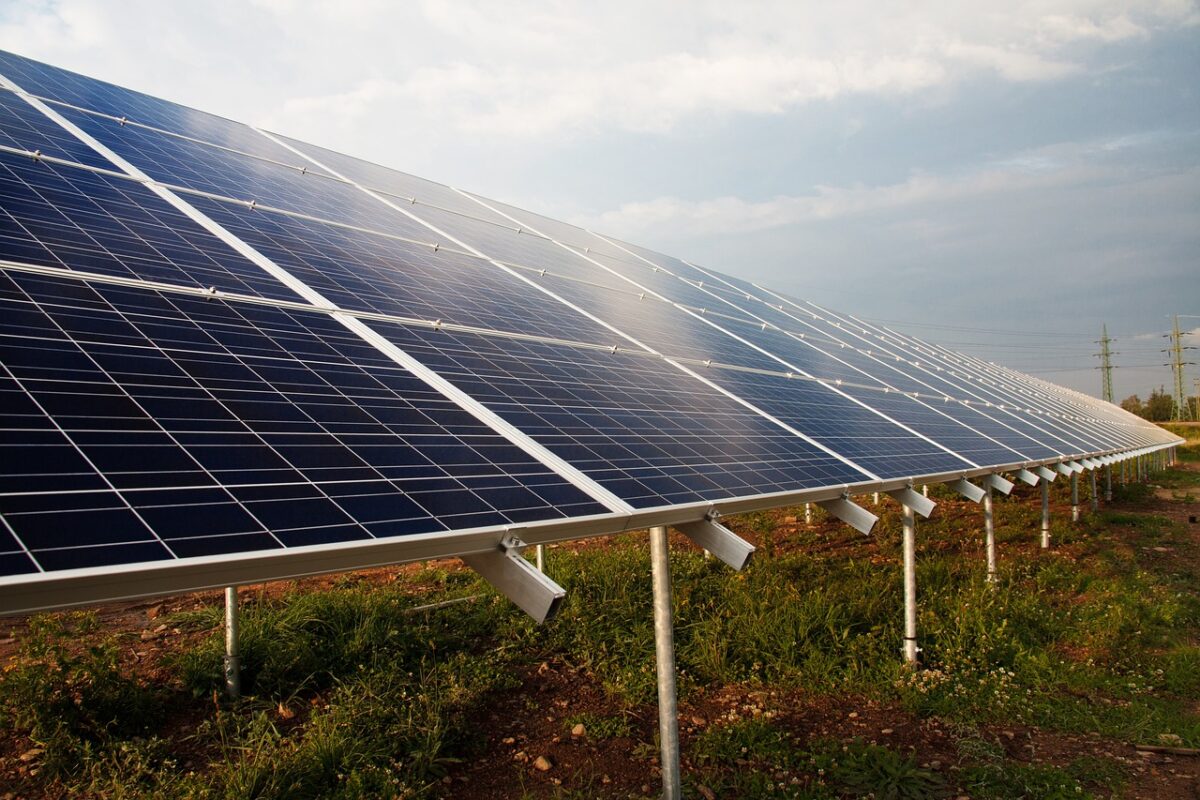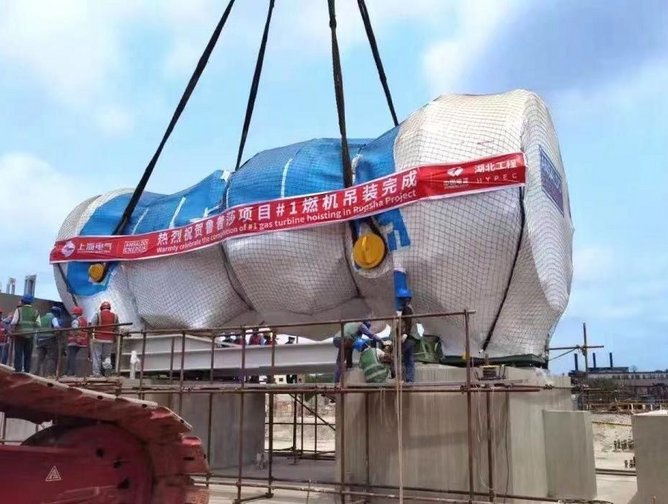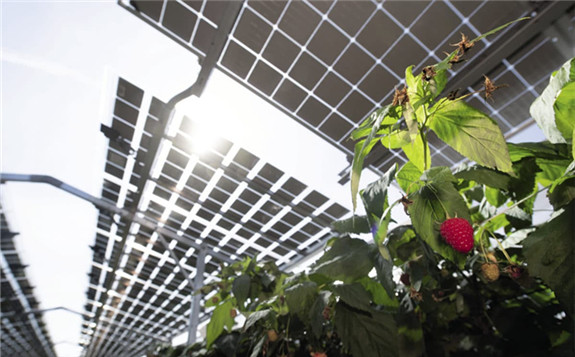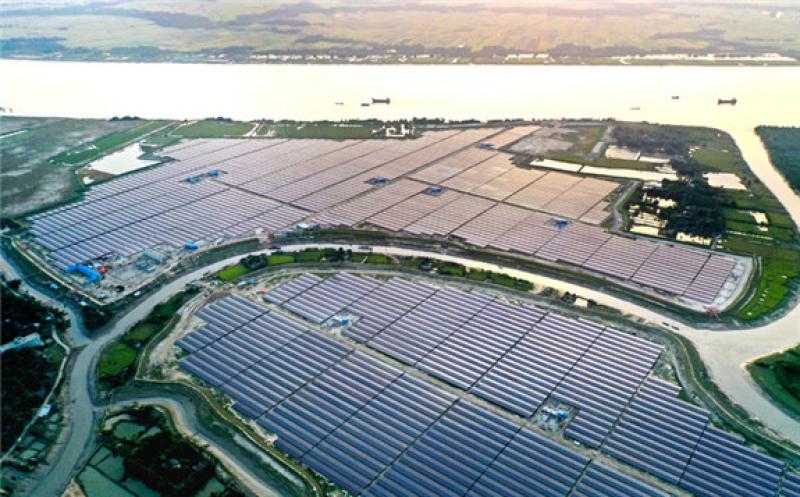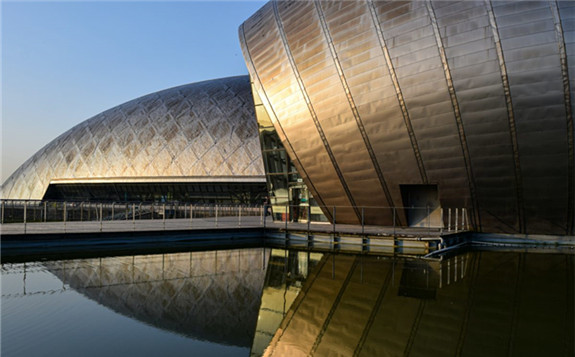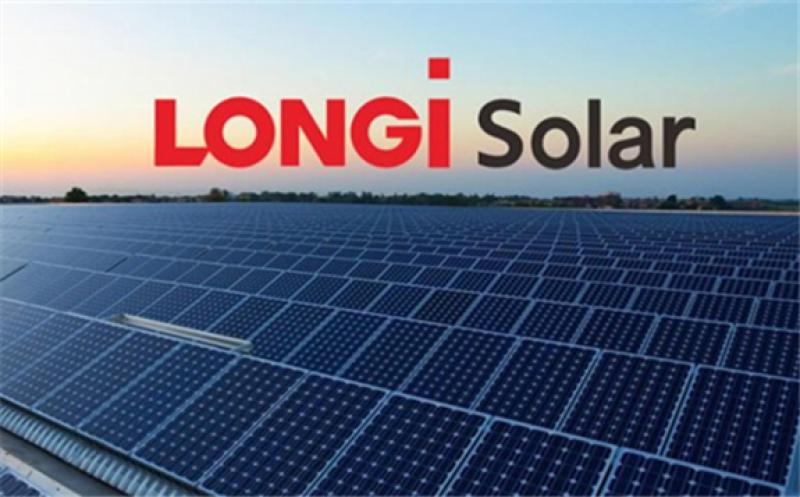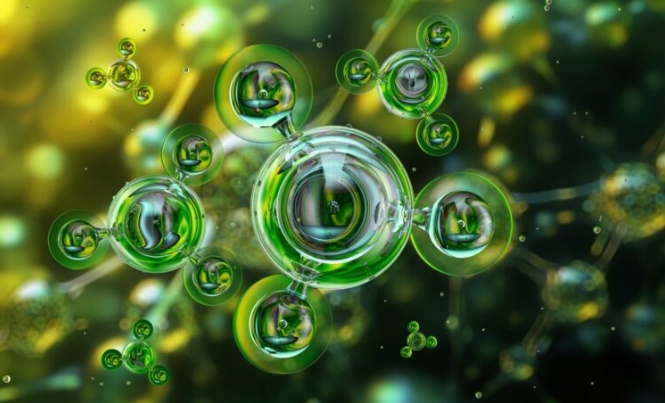
Two main approaches exist for solar-driven hydrogen production. The first uses solar panels to produce electricity for water electrolysis, requiring expensive and complex equipment. The second relies on semiconductor materials as catalysts to split water molecules directly under sunlight. Liu Gang, director of the Institute of Metal Research at the Chinese Academy of Sciences and head of the research team, explained: "The key to directly splitting water with sunlight lies in a material called titanium dioxide." When sunlight hits it, titanium dioxide acts like a tiny power plant, creating energized electron-hole pairs that separate water into hydrogen and oxygen.
However, standard titanium dioxide has limitations. Its internal structure is like a maze, causing electrons and holes to collide and cancel each other out in a millionth of a second. High-temperature production also removes oxygen atoms, forming "trap zones" that snag electrons. Liu’s team tackled these problems by adding scandium, a rare-earth element next to titanium on the periodic table. Scandium ions match titanium ions in size, fitting smoothly into the material’s lattice without warping it. They balance the charge disruptions from oxygen loss, removing "trap zones." Additionally, scandium reshapes the crystal surface, forming facets that work like "electronic highways and overpasses," guiding electrons and holes efficiently.
With careful adjustments, the team created an enhanced titanium dioxide material. It uses over 30 percent of ultraviolet light and achieves a hydrogen production rate under simulated sunlight 15 times higher than earlier versions, setting a new benchmark. Liu noted: "If used to create a one-square-meter photocatalytic material panel, around 10 liters of hydrogen can be produced in one day of sunlight."
Looking ahead, Liu said: "We aim to further improve the technology to enable efficient utilization of visible light in sunlight." China plays a major role in this field, producing over half the world’s titanium dioxide, backed by a strong industrial base. The country also holds significant scandium reserves. Liu added: "With continued advancements in photocatalytic water-splitting efficiency, this technology holds promise for industrial application, and could drive the transformation of energy systems." This progress marks a step toward sustainable energy solutions.

